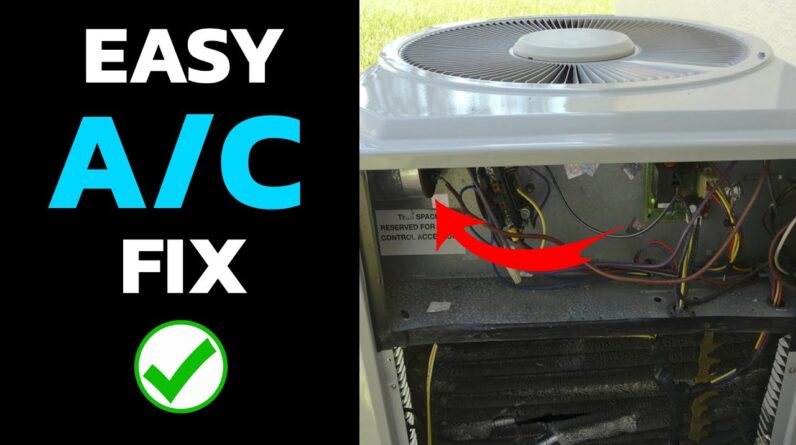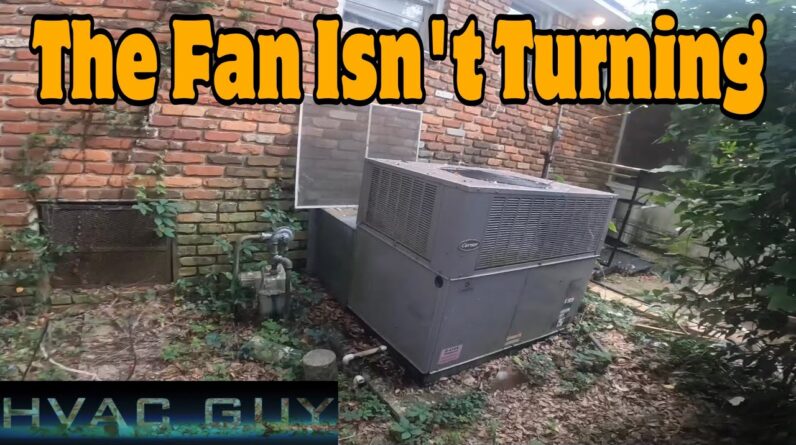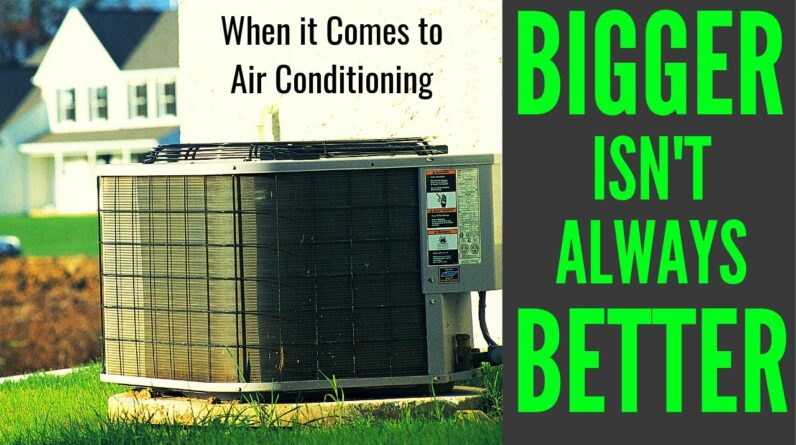Introduction
In this article, I will show you how I installed a heat pump system for both air conditioning and heating needs in my house, all by myself. I’m not an HVAC professional, so take this information lightly – this is just how I got it done. When you’re installing air conditioning systems, you often need special permits, electrical knowledge, and ductwork skills, so keep that in mind when deciding whether or not this project is suitable for you.
Preparing for the Installation
Removing the Old System
The first thing I needed to do was remove the old system from my house. However, this isn’t as simple as just ripping it out – the refrigerant in the system needs to be properly discarded first. In my case, I called a professional to help me remove the refrigerant before I could begin dismantling the old system.
Choosing the New System
When deciding on the new system to install, I initially considered a mini-split system due to its efficiency. However, I ultimately chose a different unit that seemed just as efficient and easy enough for me to install myself.
Installing the New System
Placing the Air Handler
Once I had removed the old air handler, it was time to install the new one. This required some custom metal and ductwork due to the new air handler being taller than the previous unit. After some trial and error, I was able to connect the new air handler to the ductwork and secure it in place.
Preparing the Condenser Unit
Before connecting the line sets from the air handler to the outdoor condenser, I had to install some check valves and torque them down according to the manufacturer’s instructions. I then did the same for the outdoor connections on the condenser unit.
Running the Line Sets
With the air handler and condenser in place, I ran the pre-charged line sets through my attic to connect the two units. I also added some thermostat cable to connect the air handler to the new condenser.
Connecting Power and Thermostat Cables
Next, I connected the power to both the air handler and the outdoor condenser, making sure to properly wire the hot, neutral, and ground connections. Additionally, I secured the thermostat cables in both units, connecting them to their respective terminals.
Connecting the Line Sets and Refrigerant
After the electrical connections were made, I connected the line sets to both the air handler and the outdoor condenser, applying the appropriate torque as specified in the instructions. I then opened the valves on both units to connect the refrigerant lines and ensure there were no leaks.
Installing a Float Switch
As an added safety feature, I installed a float switch in the drainpipe of the air handler to shut off the system in case the drain becomes blocked and water accumulates.
Troubleshooting and Final Steps
Dealing with a Refrigerant Leak
Unfortunately, during the installation process, I discovered a leak in the coil of the air handler. I quickly patched the leak, but this resulted in a loss of refrigerant in the system.
Calling an HVAC Technician
To rectify the refrigerant issue, I had to call in an HVAC technician to add more refrigerant to the system. This marked the third visit from a professional for this DIY project. Thankfully, the technician was able to successfully top off the system, and it is now running smoothly.
Conclusion
Is this heat pump system a DIY project? In my case, it took three visits from an HVAC technician to complete the installation, so it wasn’t entirely a DIY endeavor. However, I am glad I went through the process, as I learned a lot about how these systems work and what it takes to install them.
Overall, I am happy with my new heat pump system, and I look forward to enjoying the increased efficiency it offers. If you’re considering taking on this kind of project, assess your own abilities and knowledge, and always consult a professional when necessary.






